You can tackle many solar water heater issues on your own. Common problems include inadequate hot water, leaks, panel malfunctions, and tank troubles. Start by inspecting your system for visible damage or leaks. Check the collector panels for cracks or dirt buildup, and guarantee proper positioning for maximum sunlight exposure. Regularly clean and descale components to maintain efficiency. For circulation issues, examine the pump for signs of wear or electrical faults. Don't forget to test the thermostat and controller for accurate temperature readings. With some basic knowledge and careful maintenance, you'll be able to keep your solar water heater running smoothly and avoid costly repairs.
Common Solar Water Heater Issues
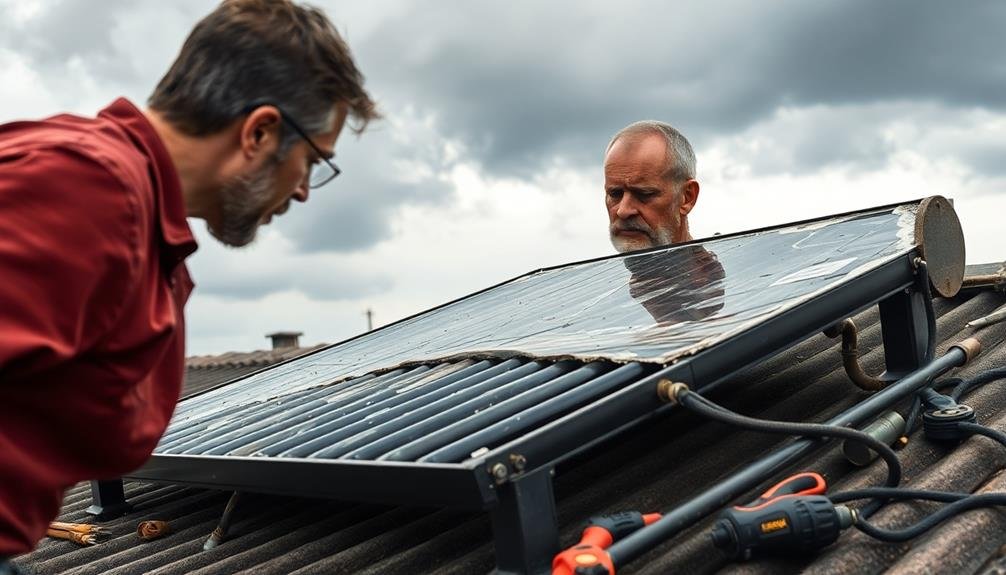
Solar water heaters, while eco-friendly and cost-effective, aren't immune to problems. You might encounter several issues that can affect your system's performance and efficiency.
One common problem is inadequate hot water production, often caused by undersized systems, insufficient sunlight, or improper installation angles. Leaks in the collector or storage tank can lead to water damage and reduced efficiency. You may also face issues with the circulation pump, which can fail or become clogged, preventing proper water flow.
Scaling and mineral buildup in the system can reduce heat transfer and overall efficiency. In colder climates, freezing can damage pipes and collectors if the system isn't properly designed or maintained.
You might notice strange noises, which could indicate air in the system or a failing pump. Corrosion of components, particularly in areas with hard water, can lead to system failure over time. Temperature sensor malfunctions can cause improper heating or overheating.
Insufficient Hot Water Supply
Among the issues you might face with your solar water heater, insufficient hot water supply can be particularly frustrating. This problem can stem from various factors, including inadequate sunlight exposure, system leaks, or malfunctioning components. To troubleshoot, first check if your panels are receiving enough sunlight and aren't obstructed by debris or shade.
Next, inspect your system for leaks, which can greatly reduce efficiency. Look for signs of water damage or dripping around pipes and connections. If you find leaks, tighten fittings or replace damaged parts as needed.
Consider these common causes and solutions:
| Cause | Symptom | Solution |
|---|---|---|
| Low sunlight | Lukewarm water | Reposition panels |
| Leaks | Visible water damage | Repair or replace parts |
| Faulty pump | Weak water flow | Clean or replace pump |
| Mineral buildup | Reduced efficiency | Flush the system |
If these steps don't resolve the issue, your solar collector might be undersized for your household's needs. In this case, you may need to upgrade your system or supplement it with a backup water heater. Regular maintenance and prompt attention to problems will help guarantee your solar water heater provides a consistent supply of hot water.
Leaks and Pipe Damage
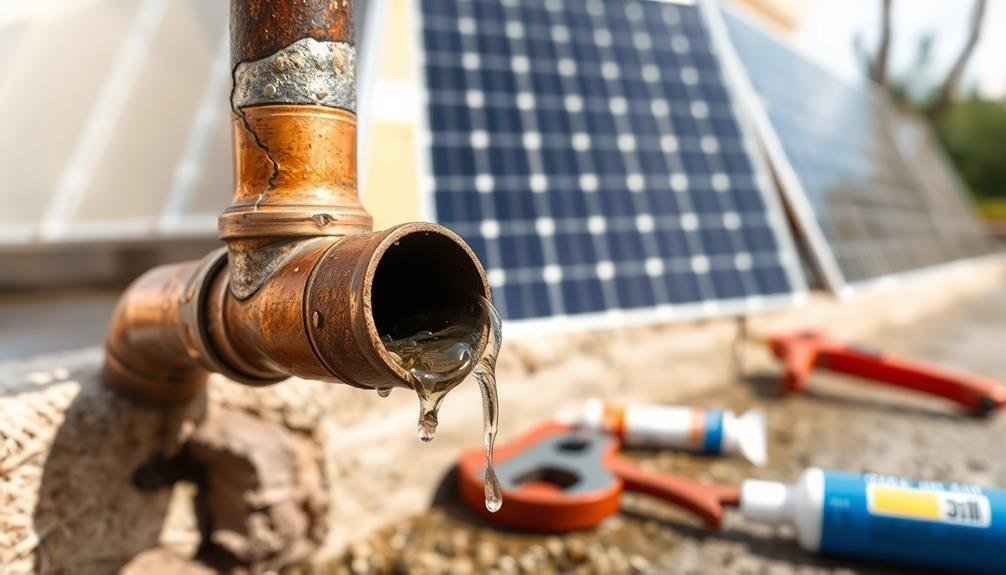
While leaks and pipe damage can occur in any plumbing system, they're particularly troublesome in solar water heaters. These issues can lead to reduced efficiency, water damage, and costly repairs if left unaddressed.
You'll need to regularly inspect your system for signs of leaks, such as water stains, damp spots, or unexplained increases in water bills. Common areas for leaks include pipe connections, valves, and the solar collector itself.
Check for corrosion, cracks, or loose fittings. If you spot a leak, turn off the water supply immediately and assess the damage. Small leaks might be fixable with pipe tape or sealant, but larger issues may require professional help.
Pipe damage can result from freeze-thaw cycles, especially in colder climates. Verify your system has proper insulation and consider installing freeze protection valves.
Regularly flush your system to prevent mineral buildup, which can cause pipe blockages and eventual damage. If you're uncomfortable handling repairs yourself, don't hesitate to call a professional.
Addressing leaks and pipe damage promptly will help maintain your solar water heater's efficiency and extend its lifespan, saving you money in the long run.
Collector Panel Malfunctions
Collector panel malfunctions can notably impair your solar water heater's performance.
You might encounter leaks and cracks in the panels, reducing efficiency and potentially causing water damage.
Additionally, poor heat absorption due to degraded coatings or buildup on the panels can limit your system's ability to heat water effectively.
Leaks and Cracks
Within the domain of solar water heater problems, leaks and cracks in collector panels are some of the most common issues you'll encounter. These defects can greatly reduce your system's efficiency and lead to more severe damage if left unaddressed. You'll need to inspect your panels regularly for signs of damage, such as visible cracks, water stains, or decreased performance.
If you spot a leak or crack, you can often repair it yourself using specialized sealants or patching kits designed for solar collectors. However, for more extensive damage, you may need to replace the entire panel. Here's a quick guide to help you identify and address common leak and crack issues:
| Problem | Cause | Detection | Solution |
|---|---|---|---|
| Glazing cracks | Thermal stress, impact | Visual inspection | Replace glazing |
| Seal failure | Weathering, age | Water stains, condensation | Reseal edges |
| Absorber plate leaks | Corrosion, freeze damage | Reduced efficiency, visible leaks | Patch or replace plate |
| Frame damage | Physical impact, warping | Visible deformation | Repair or replace frame |
Poor Heat Absorption
Many solar water heater owners face issues with poor heat absorption due to collector panel malfunctions. If you're experiencing this problem, you'll notice that your water isn't heating up as effectively as it should. This can be caused by several factors, including dirty or damaged collector panels, air bubbles in the system, or improper panel positioning.
To address this issue, first check your collector panels for dirt, debris, or physical damage. Clean them thoroughly using a soft brush and mild detergent. If you spot any cracks or damage, you'll need to replace the affected panels.
Next, inspect the panel positioning. Verify they're angled correctly to capture maximum sunlight throughout the day. You may need to adjust them seasonally for best performance.
Air bubbles in the system can also hinder heat absorption. To remove them, you'll need to bleed the system. Locate the air release valve and open it slightly until water flows out steadily.
If these steps don't solve the problem, check the circulation pump. A faulty pump can prevent proper water flow through the panels, reducing heat absorption. Replace the pump if necessary to restore your system's efficiency.
Storage Tank Problems
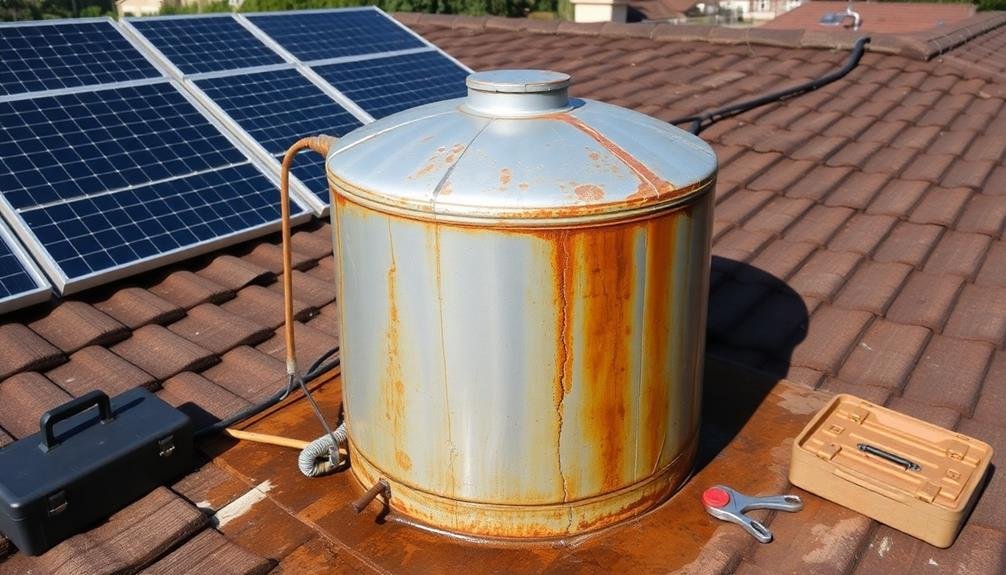
While solar water heaters are generally reliable, storage tank issues can greatly impact their performance. You might encounter several problems with your system's storage tank that can reduce its efficiency or lead to complete failure.
One common issue is tank corrosion, which occurs when the sacrificial anode rod wears out. This rod protects the tank from rust, but it needs replacement every few years. If you notice rusty water or a decrease in hot water quality, it's time to check the anode rod.
Leaks are another serious concern. They can develop due to excessive pressure, faulty valves, or deteriorating seals. Regularly inspect your tank for signs of moisture, puddles, or water stains. If you spot a leak, address it immediately to prevent further damage and water waste.
Insulation problems can also affect your tank's performance. Poor insulation leads to heat loss, reducing the system's overall efficiency. Check the tank's insulation regularly and replace it if it's damaged or inadequate.
Lastly, sediment buildup at the bottom of the tank can decrease its capacity and efficiency. Flush your tank annually to remove sediment and maintain peak performance.
Circulation Pump Failures
Circulation pump failures can greatly impact your solar water heater's performance.
You'll need to recognize common causes like electrical issues, bearing wear, or impeller damage to effectively diagnose pump problems.
If you've identified a faulty pump, it's essential to replace it promptly to maintain your system's efficiency and prevent further complications.
Common Pump Failure Causes
Solar water heaters' circulation pumps are critical components prone to various issues. Understanding common causes of pump failure can help you diagnose and prevent problems.
One frequent culprit is electrical failure, often due to power surges or faulty wiring. Check your pump's connections and consider installing a surge protector to safeguard against electrical damage.
Mechanical wear is another common issue. Over time, bearings can deteriorate, leading to increased friction and eventual breakdown. Listen for unusual noises or vibrations, which may indicate worn components. Regularly lubricating moving parts can extend your pump's lifespan.
Overheating is a serious concern, especially in solar systems. Insufficient fluid flow or prolonged dry running can cause the pump to overheat and fail. Verify proper fluid levels and check for blockages in the system. Installing a temperature sensor can help prevent overheating damage.
Corrosion and mineral buildup can also impair pump function. Use appropriate fluids and consider installing a water softener if you live in an area with hard water.
Diagnosing Pump Issues
Now that we've covered common pump failure causes, let's focus on how to identify these issues in your solar water heater.
Start by checking for unusual noises coming from the pump. A grinding or rattling sound often indicates worn bearings or impeller damage. If you hear a humming noise but the pump isn't running, it could be a seized motor or electrical issue.
Next, inspect the pump for visible signs of damage or leaks. Look for water pooling around the pump base or corrosion on the housing. Check the electrical connections for any signs of burning or loose wires.
If the pump feels hot to the touch during operation, it may be overheating due to a faulty motor or blockage.
Monitor your system's performance. If you notice a decrease in hot water production or inconsistent temperatures, the pump may not be circulating water effectively.
Use a multimeter to test the pump's voltage and amperage draw. Abnormal readings can point to electrical problems or a failing motor.
Replacing Faulty Pumps
When pump failures occur in your solar water heater, replacement becomes necessary to restore system efficiency. Before you begin, verify you've correctly diagnosed the pump as the issue. Once confirmed, gather the necessary tools and replacement pump, matching the specifications of your current model.
Start by shutting off the power to your solar water heater system. Drain the fluid from the affected loop and disconnect the electrical connections to the pump. Remove the old pump by loosening the fittings and brackets holding it in place.
Install the new pump, verifying proper alignment and secure connections. Refill the system with the appropriate fluid and bleed any air from the lines. Reconnect the electrical connections and restore power to the system.
Here's a quick reference guide for common pump replacement steps:
| Step | Action | Tools Needed | Time Estimate |
|---|---|---|---|
| 1 | Power off | – | 5 minutes |
| 2 | Drain system | Bucket, wrench | 15 minutes |
| 3 | Remove old pump | Screwdriver, wrench | 20 minutes |
| 4 | Install new pump | Screwdriver, wrench | 20 minutes |
After installation, run the system to check for proper operation and leaks. If you're uncomfortable with any step, don't hesitate to call a professional for assistance.
Thermostat and Controller Troubleshooting
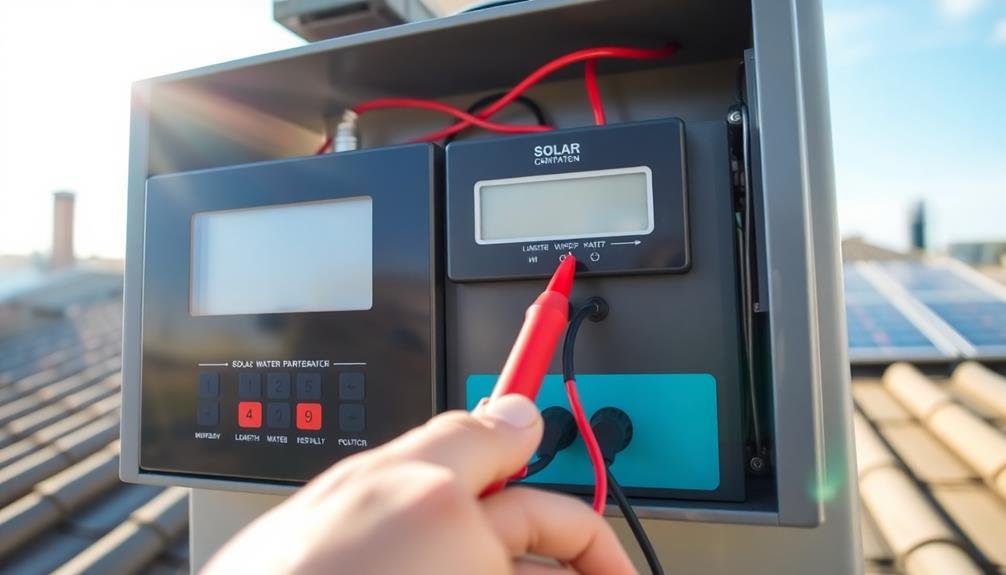
If you're experiencing issues with your solar water heater, the thermostat and controller are often the culprits. These components regulate your system's temperature and operation, so troubleshooting them is vital for peak performance.
Start by checking the thermostat's settings. Verify it's set to the correct temperature and hasn't been accidentally adjusted. If the settings appear correct, test the thermostat's functionality using a multimeter. Disconnect the wires and measure the resistance across the terminals. Compare the readings to the manufacturer's specifications to determine if it's working properly.
For controller issues, first inspect all wiring connections. Loose or corroded wires can cause malfunctions. Next, check the controller's display for error codes or unusual readings. Consult your manual to interpret these codes and follow the recommended troubleshooting steps.
If you're comfortable with electronics, open the controller's housing and look for signs of damage, such as burnt components or swollen capacitors. Replace any visibly damaged parts.
If these steps don't resolve the issue, you may need to replace the thermostat or controller entirely. Always consult a professional if you're unsure about any aspect of the troubleshooting process.
Heat Exchanger Efficiency Concerns
Why does your solar water heater's performance seem to be lagging? The heat exchanger might be the culprit. This essential component transfers heat from the solar collector fluid to your domestic water supply, and its efficiency directly impacts your system's overall performance.
Scale buildup is a common issue that reduces heat transfer. If you live in an area with hard water, minerals can accumulate on the exchanger's surfaces, creating an insulating layer. To combat this, flush your system regularly with a descaling solution.
Corrosion can also decrease efficiency. Check for signs of rust or leaks, which may indicate it's time for a replacement. Verify you're using the correct heat transfer fluid, as improper types can cause corrosion or freezing damage.
Air pockets in the system can hinder fluid circulation and heat transfer. Bleed the air out of your system periodically to maintain peak flow. Additionally, inspect insulation around the heat exchanger and pipes to minimize heat loss.
If these steps don't improve performance, consider upgrading to a more efficient heat exchanger model. Consult a professional to determine the best option for your specific system and needs.
Freeze Protection System Errors
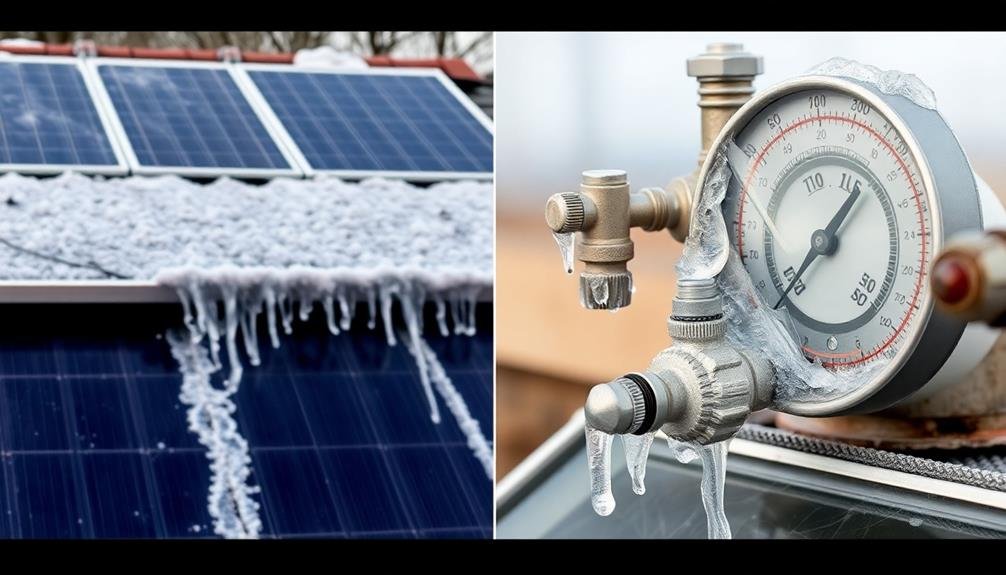
When your solar water heater's freeze protection system fails, it can lead to serious damage.
You'll need to check for sensor malfunctions, which often cause these systems to misread temperatures and fail to activate when needed.
If you have a drainback system, you should inspect the pump, valves, and pipes for blockages or leaks that could prevent proper water drainage during freezing conditions.
Sensor Malfunction Detection
As temperatures drop, sensor malfunctions in your solar water heater's freeze protection system can lead to serious issues. To detect these problems early, keep an eye out for unusual temperature readings or inconsistent system behavior.
Check your control panel regularly for error codes or warning lights that might indicate sensor failures.
You can test your sensors using a multimeter. Disconnect the sensor from the system and measure its resistance. Compare the reading to the manufacturer's specifications. If it's outside the acceptable range, you'll need to replace the sensor.
Don't forget to inspect the wiring and connections for any signs of damage or corrosion.
If you're comfortable with basic electrical work, you can often replace faulty sensors yourself. However, if you're unsure, it's best to call a professional.
Regular maintenance can help prevent sensor malfunctions. Clean your sensors periodically to remove dirt and debris that might interfere with their operation.
Also, verify that your system's antifreeze solution is at the proper level and concentration to protect against freezing temperatures.
Drainback System Troubleshooting
Drainback systems are a popular freeze protection method for solar water heaters, but they can experience issues that compromise their effectiveness. If you're facing problems with your drainback system, start by checking the pump. A malfunctioning pump can prevent proper water circulation, leading to freezing in cold weather. Listen for unusual noises or vibrations, and confirm the pump is receiving power.
Next, inspect the drainback reservoir. It should be large enough to hold all the water from the collectors and pipes. If it's undersized or leaking, your system won't drain properly. Check for cracks, corrosion, or overflow signs. Confirm the reservoir is positioned correctly, allowing gravity to drain water from the collectors.
Examine the piping for proper slope and insulation. Inadequate slope can trap water in the system, while poor insulation may lead to freezing. Look for sagging pipes or damaged insulation. Also, check for air locks in the system, which can prevent proper draining. You may need to bleed air from the pipes to restore function.
Lastly, verify that your system's controls are working correctly. Faulty sensors or controllers can disrupt the draining process. Test the sensors and confirm they're triggering the pump at the right temperatures.
Maintenance and Cleaning Tips
Regular maintenance and cleaning are essential for keeping your solar water heater running efficiently. You should inspect your system at least twice a year, ideally in spring and fall. Check for leaks, corrosion, and loose connections. Tighten any loose bolts and replace worn-out parts promptly.
Clean your solar collectors regularly to maintain peak performance. Use a soft brush and mild soap solution to remove dirt, dust, and debris. Avoid abrasive cleaners that could damage the collector's surface.
If you live in an area with hard water, descale your tank and pipes annually to prevent mineral buildup.
Flush your storage tank once a year to remove sediment. This will improve heat transfer and extend the tank's lifespan. Don't forget to check the pressure relief valve and replace it if necessary.
Trim nearby trees or vegetation that may be shading your collectors. Guarantee proper insulation of pipes and tanks to minimize heat loss.
If you have a closed-loop system, check the antifreeze solution annually and replace it as needed.
Frequently Asked Questions
How Long Does a Typical Solar Water Heater Installation Take?
You can expect a typical solar water heater installation to take 1-3 days. The duration depends on factors like your home's layout, system complexity, and the installer's experience. It's best to consult with professionals for an accurate timeline.
Can I Install a Solar Water Heater in an Apartment or Rental Property?
You can install a solar water heater in an apartment or rental, but you'll need your landlord's permission first. Consider portable options or balcony-mounted systems if permanent installations aren't allowed. Always check local regulations and building codes too.
What's the Average Lifespan of a Solar Water Heater System?
You can expect your solar water heater to last 15-30 years, depending on maintenance and quality. With proper care, you'll enjoy hot water for decades. Regular check-ups and timely repairs will maximize its lifespan and efficiency.
Are There Any Government Incentives for Installing a Solar Water Heater?
Yes, you'll find various government incentives for installing a solar water heater. These often include federal tax credits, state rebates, and local incentives. Check with your state's energy office or the Database of State Incentives for Renewables & Efficiency.
How Does Solar Water Heating Compare to Traditional Water Heating in Energy Savings?
You'll see significant energy savings with solar water heating compared to traditional methods. It can reduce your water heating costs by 50-80%, depending on your location and usage. You'll also lower your carbon footprint substantially.
In Summary
You've now got the knowledge to tackle common solar water heater problems. Don't hesitate to roll up your sleeves and try these DIY fixes. Remember, regular maintenance is key to preventing issues. If you're ever unsure, it's okay to call a professional. With proper care, your solar water heater will keep providing eco-friendly hot water for years to come. Stay proactive, and you'll enjoy reliable, efficient performance from your system.

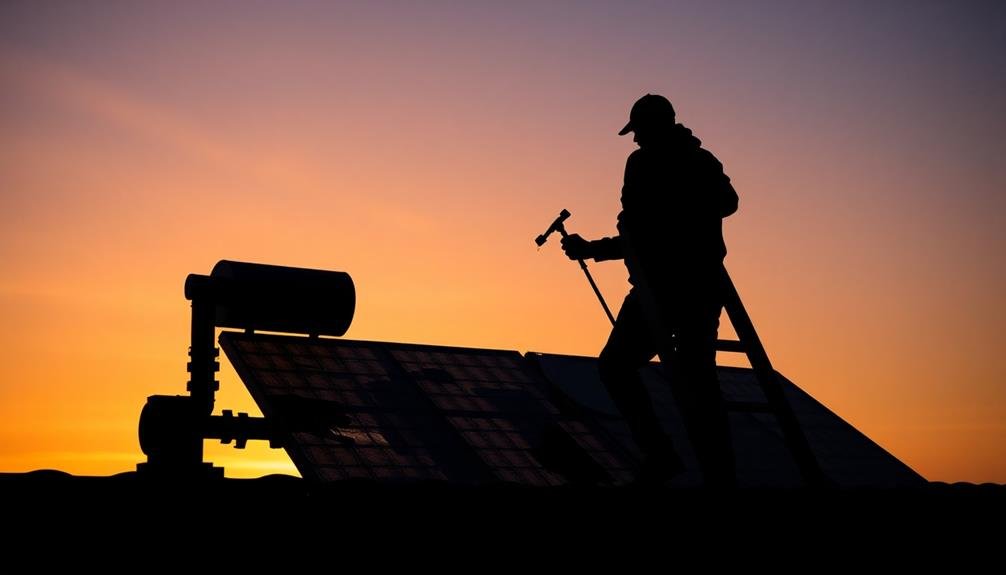
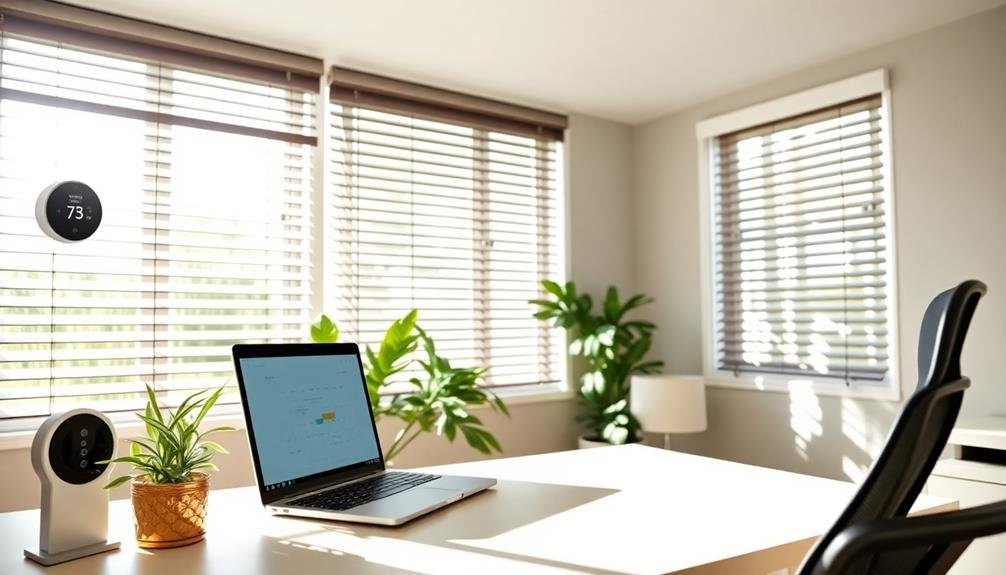
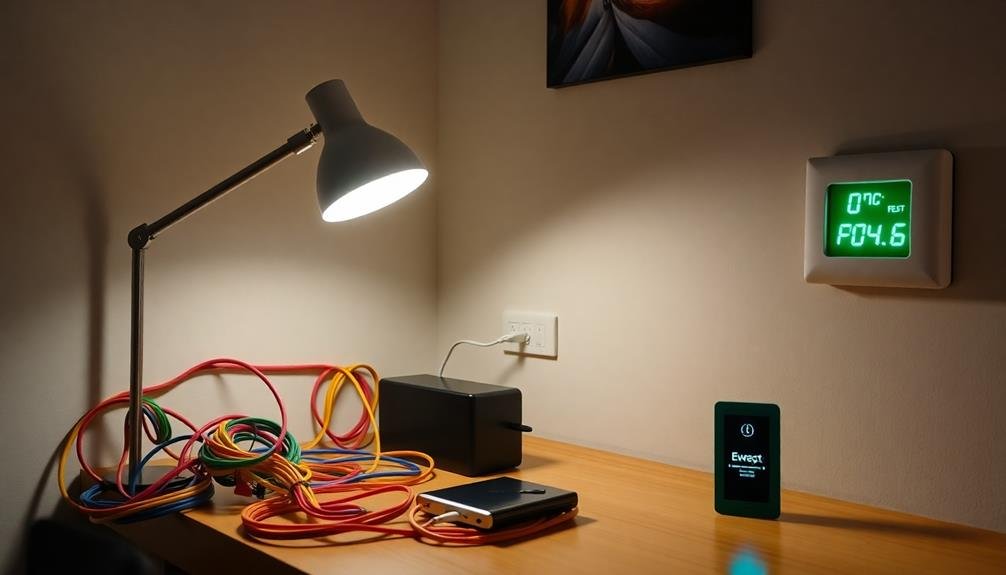
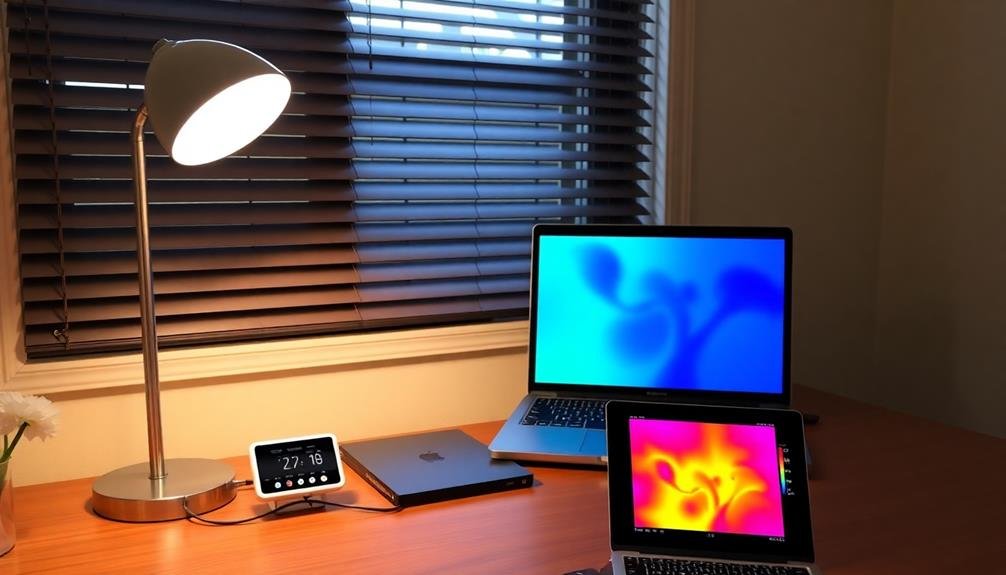
Leave a Reply